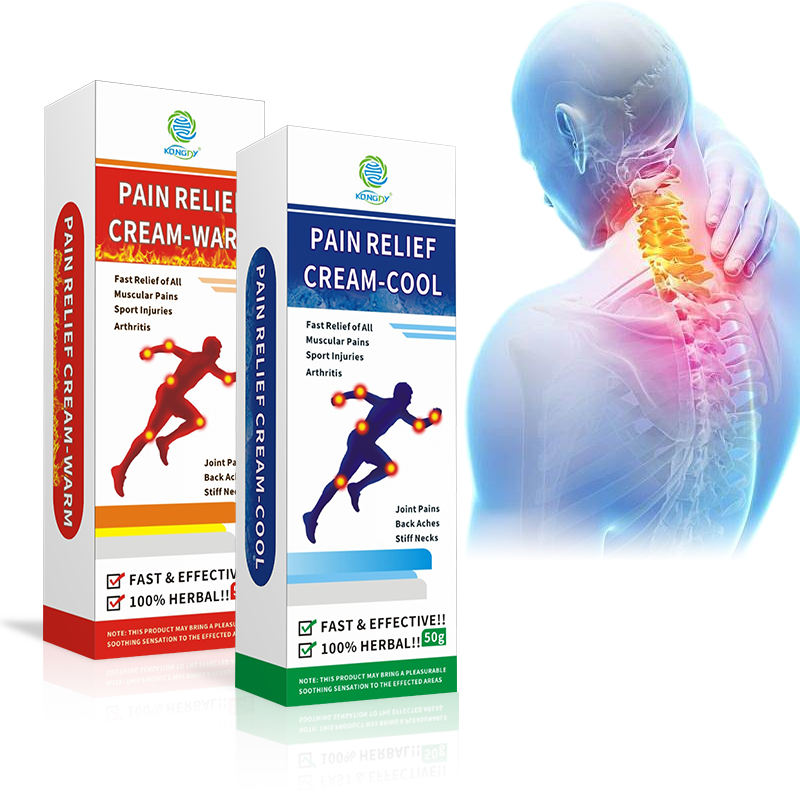With countless pain creams lining pharmacy shelves, selecting the right option can be overwhelming. Understanding the different types and their specific applications can help consumers make informed decisions for their pain management needs.
Over-the-counter options typically fall into three categories. Counterirritant formulations containing menthol or camphor create cooling or warming sensations that distract from pain. These work well for minor muscle aches but offer temporary relief. Salicylate-based creams, which contain compounds related to aspirin, help reduce inflammation and are effective for arthritis pain in peripheral joints.

For more persistent discomfort, capsaicin creams derived from hot peppers may provide longer-lasting relief, though they require consistent use and may cause initial burning sensations. Many consumers find relief from lidocaine-based products, which temporarily numb the application area and work well for nerve-related pain.
When shopping, consider the specific nature of your pain. Arthritis sufferers might benefit from creams containing glucosamine or CBD, while those with muscle strains might find better results with arnica or menthol-based options. For nerve pain, lidocaine or capsaicin formulations typically offer superior results.
Application method matters too. Traditional creams spread easily but can be messy. Roll-on applicators provide precision, while patches offer sustained release over longer periods. Some newer formulations include specialized applicators that minimize hand contact.
Price doesn’t always indicate quality. Many affordable options contain effective ingredients, while some premium products differentiate themselves through additional soothing components or improved texture rather than enhanced pain relief.
Before trying any pain cream, perform a patch test to check for skin reactions, especially with products containing potential allergens like botanical extracts. Those with sensitive skin should look for fragrance-free options.
For persistent or severe pain, consider consulting a healthcare provider. Prescription options contain higher concentrations of active ingredients or combinations not available over the counter.
When used appropriately, pain creams can be valuable tools for managing discomfort while avoiding the systemic effects of oral medications.






